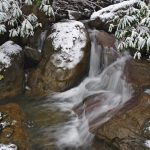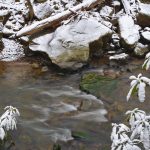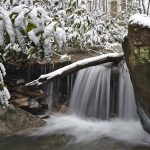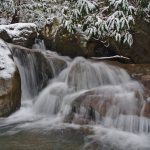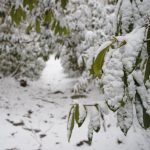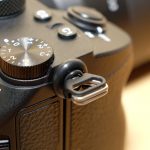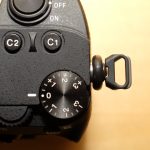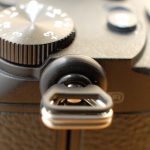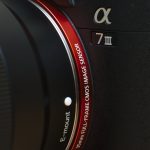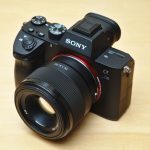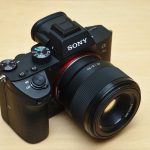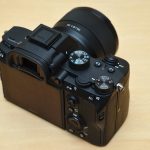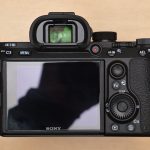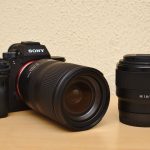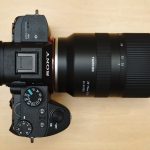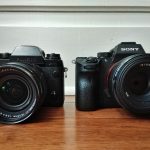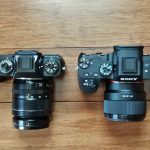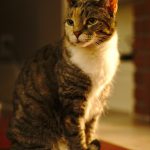Since I bought the Sony A7iii, I haven’t had a good chance to get out and test its abilities much. There have been a few pictures of the cat, a few of my family, but nothing that really had me focusing on the camera and the photography. With some free time on a Sunday afternoon, the snow started falling and a winter weather advisory was announced. When I hear something like that, it’s a signal to pack up the gear and get in the woods.
The snow was falling fast, but that didn’t bother me. I made sure to bring a towel so I could cover the camera and lens with it while the camera was sitting on the tripod. This kept most of the snow off of it and didn’t test out Sony’s weatherproofing too much. The bag that I carried, a Peak Design Sling 10l however, was completely covered in snow and water. To my surprise, the inside of the bag was dry. I expect that performance from my Billingham’s, but seeing the Peak Design bag do that well gives me confidence about taking it out in more inclement weather. I may have to give the Peak Design Shell camera cover another look for situations like this.
The kit I went out with today was the Sony A7iii with the Tamron 28-75mm f/2.8 mounted. With the snow coming down strong, I didn’t want to be changing lenses, so I left the 50mm at home. Also in the Sling 10L was the usual assortment of landscape/nature accessories; tripod, remote shutter release, Breakthrough X2 10-stop ND filter, cleaning supplies, batteries, etc. I only attached the ND for a single shot by a lake, but I was glad to have packed it for that.
The Sony is vastly different than my old Fuji X camera’s, but it’s a camera and the most important controls (shutter speed, aperture, ISO) are easy to set and now that the camera is configured to my liking, using it is becoming 2nd nature. The processing of RAW files is still a bit foreign to me for the Sony though, especially since I recently switched from Adobe Lightroom to darktable. As with the Sony menu system, it’s just different and time is needed to master it. Overall, I’m still very happy with the switch and hope to be able to fully utilize the camera and software soon.

